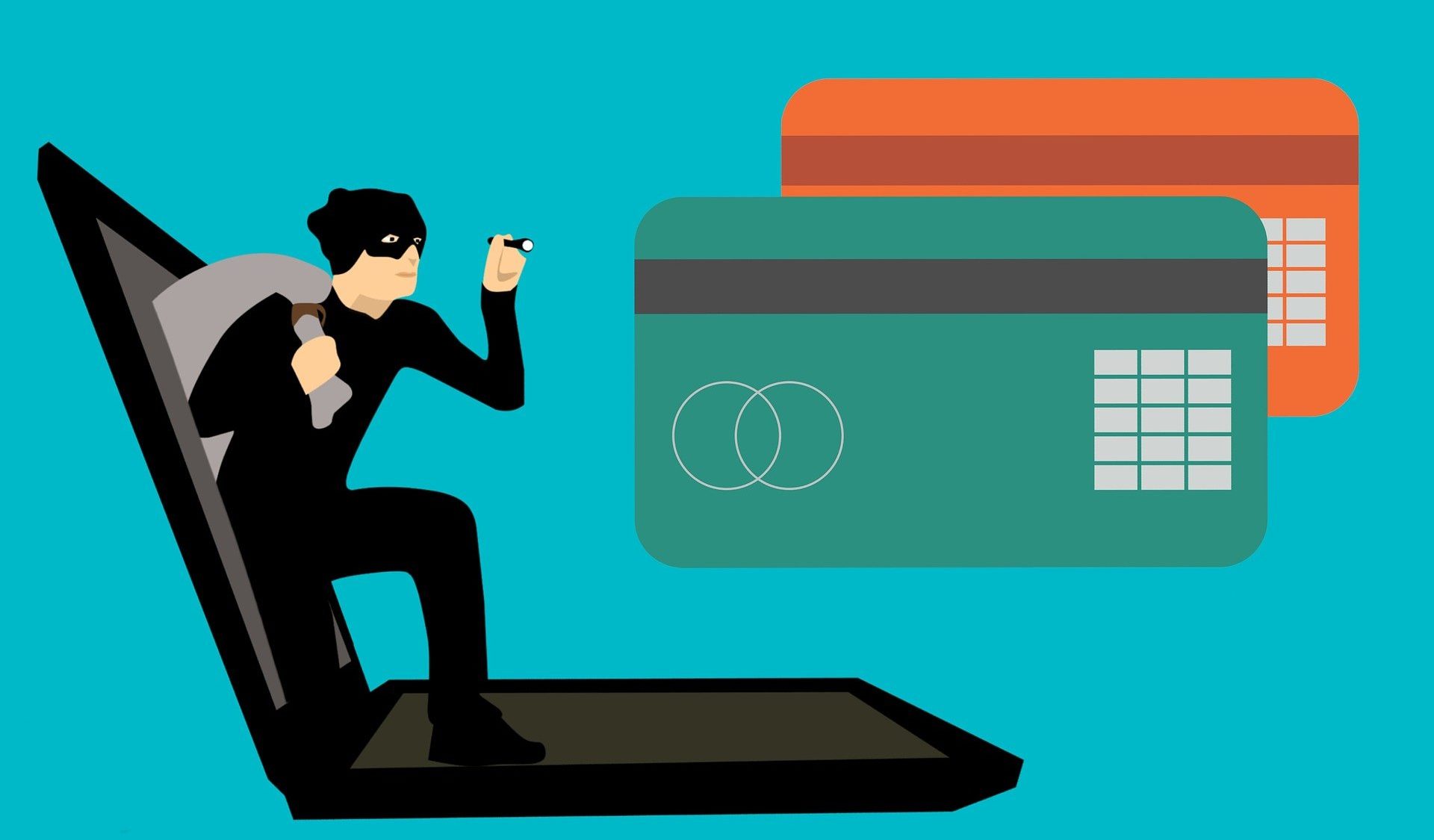As more of our activities shift online, fraud and identity theft are increasingly common. Acting quickly and efficiently is your best defence. If you suspect that you or a loved one may be a victim, here’s what you should do:
GATHER YOUR INFORMATION
Write down everything you think could be affected—credit cards, bank accounts, loans, social media accounts—knowing that nothing is immune. Make a list of anything suspicious you’ve encountered so far, and ensure you have copies of relevant receipts, documents, and/or communications with the fraudster.
CALL YOUR FINANCIAL INSTITUTIONS
Contact all the banks that you deal with and make them aware of the situation immediately. Most credit card companies have a fraud or emergency number right on the back of your card—call it. Or, if you’ve lost your card, go to their website to get a contact number.
FLAG IT
This is the time to flag all your accounts, change your passwords, and report the fraud to both Equifax and TransUnion (or use a service like Credit Karma that does both). By putting a fraud alert on your account, you’ll alert lenders to be wary of any new applications for credit. Equifax even supports setting up a phone call to you to verify before any new credit application is permitted. You’ll want to have your Social Insurance Number handy for this step, along with other identification.
REPORT IT
“Reporting to the police gets you a start date [to begin the investigation], kind of like you would for an insurance claim,” says Detective Bill Allen of the Edmonton Police Service. You’ll be given a file number that can be used for future reference with your credit card company or bank. It’s also a good idea to report the incident to the Canadian Anti-Fraud Centre at 1-888-495-8501 or online through the Fraud Reporting System. Remember—you’re not alone.
LOCK DOWN YOUR EMAIL
Online banking is often tied to your email, as are cellphones and any device where you get electronic statements. Make sure you have a strong password and consider setting up multi-factor authentication where possible so only you can gain access.
SECURE YOUR SOCIAL MEDIA
Facebook, Twitter, Instagram, LinkedIn and most other social media services have articles on how to secure accounts so nobody but you can log into them. Consider setting up multi-factor authentication for these accounts too.
HOW AMA CAN HELP
We understand that identity fraud doesn’t just take a financial toll; it often takes a significant emotional toll, costing you countless hours trying to prove your innocence and restore your good name. We help with our strong advocacy, member services and support.
• Secure document disposal: Visit an AMA centre to purchase document disposal envelopes. Fill them at your convenience and then drop them into the secure bin at AMA. The bin’s contents are then destroyed.
• Added protection with AMA Insurance: Every home insurance policy from AMA Insurance includes identity theft coverage. Best of all, the coverage requires no additional premium.
GET A QUOTE
Get identity theft coverage with home insurance from AMA Insurance. Get a quote.
